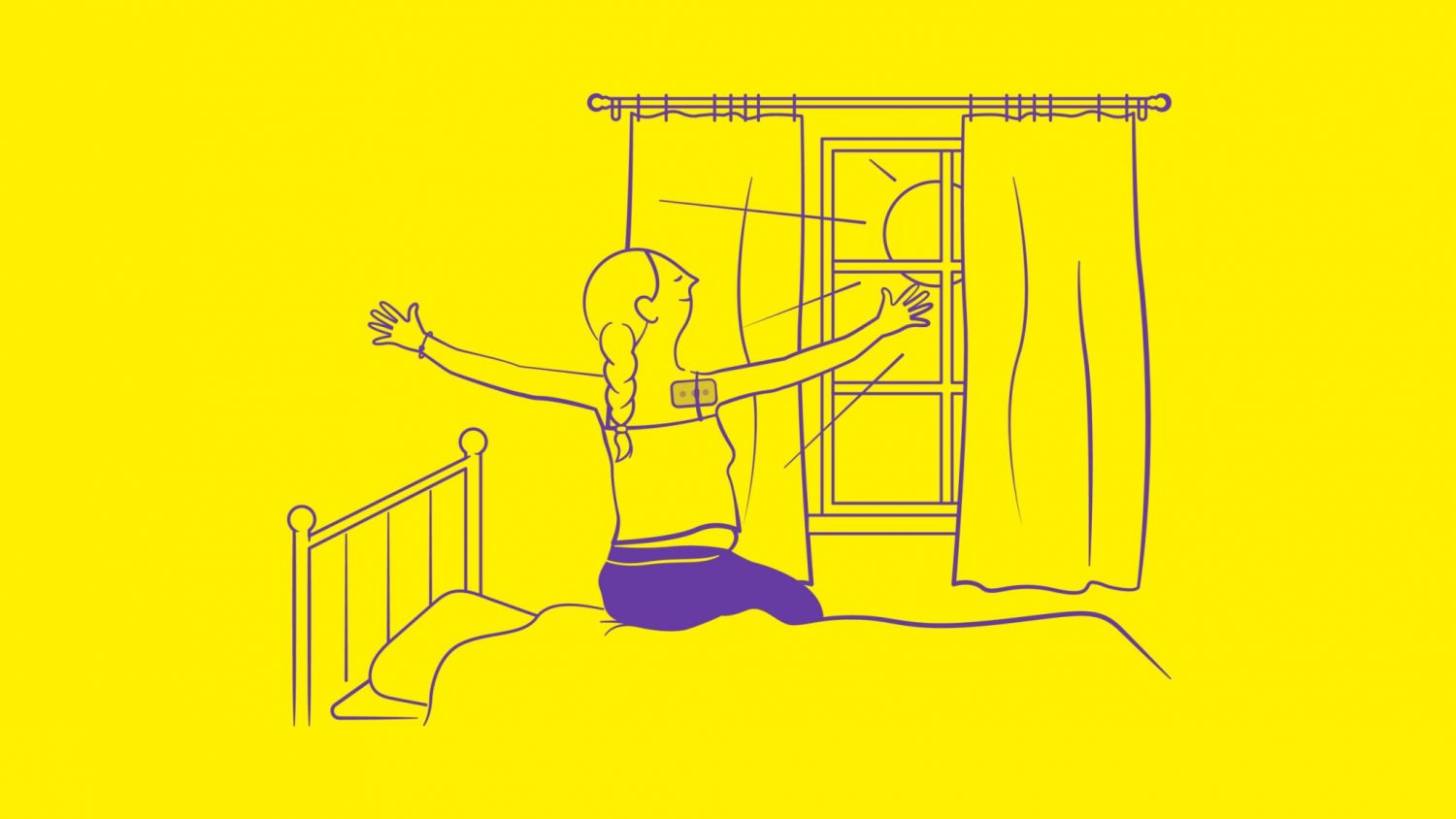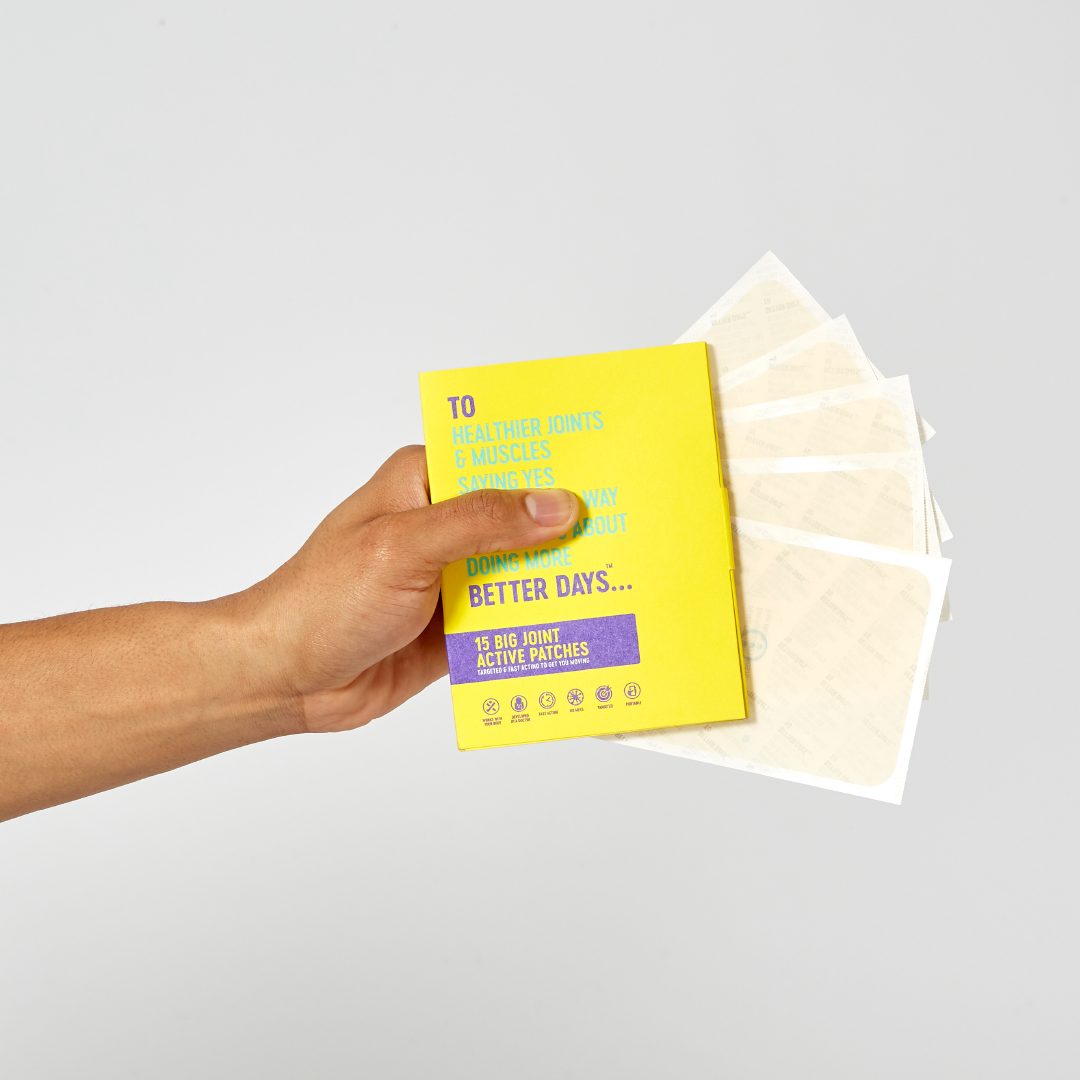
Whether sitting in the sun on a summer’s day or gobbling supplements in the depths of winter, we all know how to prevent ourselves from being deficient in vitamin D, even if we are not always diligent in doing so.
To Better Day’s Patches
Our patches are not an alternative to taking supplements, neither sunshine nor oral supplements can replicate what our patches do.
They are designed to deliver an unusually high concentration of one specific form of vitamin D to one specific location where dysfunctional nerve fibres can be restored and chronic pain alleviated.
Pain Is Local
Location matters when treating pain. Pain is local. Yes, the central nervous system is involved in “feeling” pain but the problem is where it hurts and the best remedies act there and ideally nowhere else. Local anaesthetic is preferable to the biochemical trauma and risk of a general anaesthetic. Opiates and opioids, which act on the central nervous system, are best avoided. If not taken orally, NSAIDs like Voltarol and Ibuprofen have reduced side side-effects. Use a steroid cream rather than steroid pills. It is a common for all forms of analgesic that, for greatest efficacy and least complication, treat locally. Our patches are located at the site of pain, as close as possible to the nerve fibres just beneath the skin’s surface.
Types of Vitamin D
The form of the vitamin D matters too. It has multiple forms during its elaborate metabolic journey through the body. Initially, UVB light transforms the cholesterol in the skin into pre-vitamin D3, pro-vitamin D, vitamin D2, vitamin D3 and other inert forms, all in equilibrium with each other. D2 and D3 escape into the bloodstream, passing through the liver, to become “25(OH)D3”, and then the kidney, where another set of reactions transform it to its final form, calcitriol. “Vitamin D” could mean any of these forms but calcitriol is the active form that then circulates throughout the body. It regulates bone development, mitigates inflammation, prevents a Covid-induced cytokine storm, maintains calcium homeostasis, deters opportunistic respiratory infections and even, possibly, enhances our mood.
What is Cholecalciferol?
Our patches contain cholecalciferol, or Vitamin D3, which as we said above forms in the skin and then leaves through the bloodstream (there needs to be a high concentration because it disperses quickly). It does not need the liver and kidney to become active for local pain relief as it has a direct impact on the receptors of the nerve fibre just below the skin itself, specifically on those associated with chronic pain.
Not just form but quantity matters too as our patches deliver a concentration of D3 that cannot be created by sunlight and supplements. For context, sun exposure can manufacture around fifty thousand International Units (IU) of D3 in the skin, all over the body over the course of a whole day. (It requires forty million of these units to make up a gram. These quantities are tiny. We take daily oral supplements of the order of four thousand units daily, maybe two or three times a day, which diffuse through the whole body over the course over a day.
Each of our patches contains thirty thousand units of D3, penetrating the skin a matter of millimetres from the dysfunctional nerve fibres. Our objective is a short-term targeted surfeit of vitamin D in concentrations that, barring injection, cannot be achieved in any other way. That concentration of the D3 achieves the analgesic effect. Lower concentrations of different forms simply do not.




